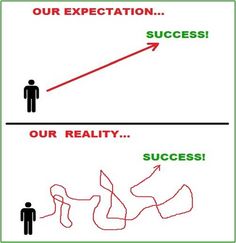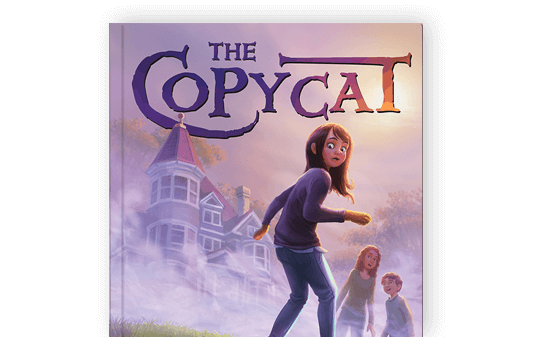If only the acquisition of knowledge and experience were a straight line.

When I embarked on my new career, I knew it would take time to learn the skills and knowledge required to master writing.
Malcolm Gladwell posits that it takes approximately 10,000 hours to gain mastery.
I estimate I invested between 60,000 and 70,000 hours in my previous occupation. No wonder I felt like I had a handle on what I was doing!
I am starting all over again. I reckon that in the past three years I have accumulated around 6,000 writing hours. I’m inching towards 10,000, but it sure doesn’t feel like it sometimes.
I also have the uncomfortable feeling that at least half of those hours don’t even count, as I didn’t have a clue what I was doing! Wait – I’m still not sure I know what I’m doing half the time…

I knew it would be humbling to start over, just not sure I knew it would be SO humbling!
Am I being hard on myself? Probably. On the other hand, if you expect someone to publish your book and someone to read it, you should be hard on yourself I think.
Last week I handed in a manuscript to my agent. I have worked hard on this particular book over the past six months. I have written and rewritten it, edited and revised it, gotten excellent critiques and suggestions, and yet I am still on pins and needles. I love the work, but I am afraid I have missed something. I love the work, but I’m afraid she might think otherwise.
In my old career, I knew for sure whether or not something I passed in would pass muster. I am not yet there with this new career. And it is very disconcerting!
But I will keep writing, rewriting, reading, researching, doing whatever I need to do to put in the time until I can accurately and objectively assess my work with the same accuracy I once employed.
the meantime, I will light candles…

The horror of it all!

Hi Wendy,
I’ve followed your other blog forever and am now on this one. I have a question: how do you go about revising a rough draft? Do you have any resources to point to (other books, etc.)?
Thanks,
Janna
Hi Janna!
Great question! I personally don’t edit while writing the first draft. I just let it all hang out! Then I put it in a drawer for at least two weeks before I print it out and read it. At that point I’m not reading at the line level, I’m reading for what works and what doesn’t. If something is confusing, can it be fixed or was it just a crazy idea to begin with? Then I take a few days and completely revise the outline of my book – I go at it scene by scene, character by character. I get rid of people and superfluous. I then do a really intense grid of each scene and who’s in it, how it relates to the main plots and the subplots and the theme. I often find I have holes and then I have to go for long walks and talk to myself to figure out how to fill the holes. I will edit as a I go when I actually begin draft 2, which is often a complete rewrite (or close to it). If I think it is okay, I move it to my critique folks and keep editing. Books that you might find helpful: Martha Alderson’s Plot Whisperer, Writing Deep Scenes by Martha, The artful edit by Susan Bell, Writing Irresistible Kidlit by Mary Kole, On Writing by Stephen King, Bird by Bird by Anne Lamott. Hope this helps!